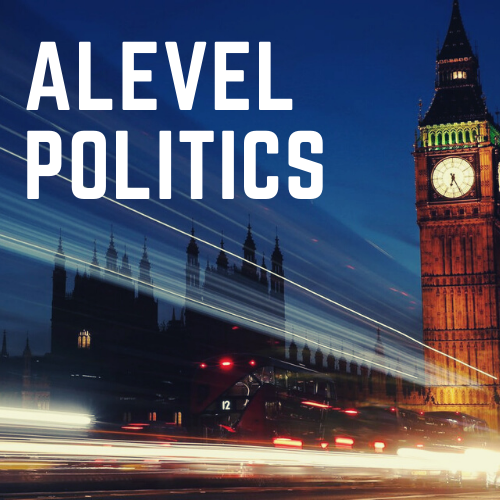Michael Gove’s Education Reforms
Back in 2010, Michael Gove promised a series of major reforms to the education system; which he felt had been overly bureaucratised by Labour. An overhaul of the national Curriculum was first on the agenda, involving a large slimming down of its framework. By focusing on Science, Maths and English in particular Gove’s aim is to give schools more freedom in subjects they teach. Gove also has advocated more teacher power in disciplining students and called for reforms in teacher training. In order to remove the bureaucracy started by Labour, Gove plans to tighten up league tables in an attempt to prevent teachers’ inflating rankings - Schools rewarded based on achievement in 5 core subjects, instead of all subjects.Another major Gove reform area is his promotion and incentivisation of Free schools (more general info here), in order to “close the attainment gap”. This follows the example set by America and Sweden, which Gove is well aware of and has pointed out (although he hasn’t pointed out their low success and support in these countries). There is an emphasis on ‘choice’, for local communities, groups and parents in how their schools are run and controlled. Although lauded by far right tories in this and his other reforms, Gove has met much ciriticism from both labour, the teaching unions and left wing groups.
Free schools are new schools set up by groups of parents, teachers, charities, businesses, universities, trusts, religious or voluntary groups, but funded directly by central government. They can be small or large enterprises and the government has encouraged innovation in curriculum development.
The New Statesman has pointed out the large growth in both academies and Free schools and how Gove sees "no principled objection" to profit-making companies taking over state schools, and that this would probably occur anyway; theres is more freedom for business let alone communities. Academies are schools that remove schools from Local Education Authority controls. They also permit schools to diversify their revenue streams, by attracting money from voluntary and business organisations. Labour first introduced them for failing schools, 400 of which were forced to become academies. The coalition as now encouraged good schools to adopt academy status. The theory is that the more power given to local people and practitioners the better the school will be run.
Academies: Their defining characteristic is their freedom from local authority control—instead, they are managed by a sponsor, who appoints a board of governors. The governors choose the head and take responsibility for administration. Academies receive funding directly from central government, and are encouraged to innovate in teaching, pay and the curriculum.
A YouGov poll also showed less than a quarter of voters feel free schools will improve education standards. The idea that people will have ‘choice’ has also been criticised. Gove now has the power to force academy status on failing schools (even at primary level), as seen with Downhills School in Tottenham, so where does the choice really lie? (Guardian coverage on Downhills here).Omeed Laksari-Adams Further readingDo academies really work? - Great article from Prospect magazine referring to Labour's original plans.Making the grade - Article on Coalition academy plansFree schools – for and against - article set out in a debate formatQ&A Free SchoolsQ&A Academies
